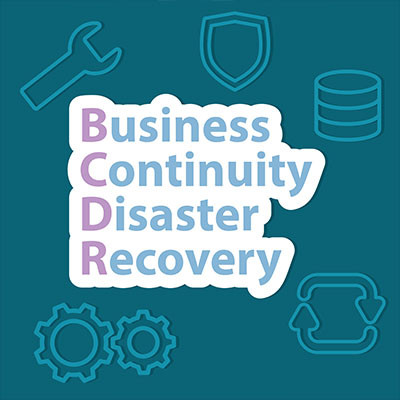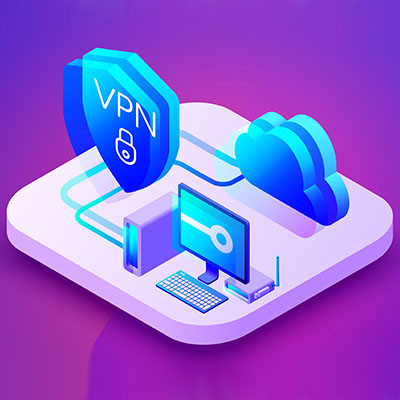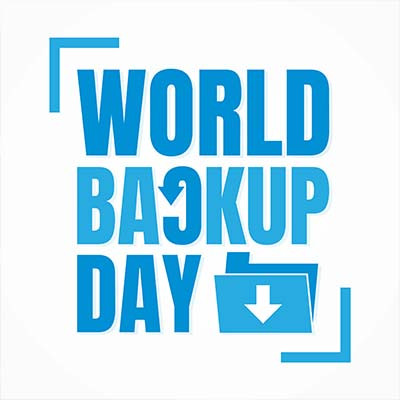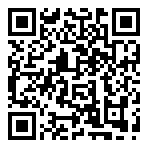We Define IT Consulting
The workspace is changing in spades these days, with remote work—once a taboo topic in some offices—being commonplace, along with resignations in the face of a return to the office becoming more of a regular occurrence. Employees want more control over their work schedule so they can balance their personal responsibilities with their professional. A shorter workweek might be the key to making this happen.
It doesn’t matter where your business is located; whether it’s a tornado that rolls through your city, a structural fire that renders your office uninhabitable, or a freak snowstorm that brings down power lines or grinds travel to a halt, you’ll want to be ready for it all. We’ll go over what kinds of solutions your business can implement to ensure that no disaster, be it natural or artificial, like a cyberattack, puts a stop to your operations.
With so many wireless networks available to connect to, it’s no surprise that wireless security is a cornerstone of working while on the go. We thought it would be helpful to have a list of best practices to help ensure your wireless networks, and the devices connecting to them, are as secure as possible.
Many businesses were very suddenly introduced to the capabilities of modern collaboration tools, as… circumstances forced them to either go remote or cease operations for an unknown amount of time. However, while collaboration tools were suddenly a requisite for work, could these tools now be responsible for isolating your team members from one another?
Tomorrow, March 31st, is the official World Backup Day, a day intended to remind us all of the importance of taking backups for the sake of data continuity. While this kind of day can be a valuable reminder of a critical best practice, we contend that your awareness of your backup (and the associated maintenance of it) should not be limited to a single day.
Phishing is one of those threats that has been around for a long time, and as time passes by, these threats only become more difficult to identify. Some businesses can’t tell the difference between phishing scams and actual emails. Here’s how your company can take steps toward properly identifying and responding to phishing emails.
We’re all aware of the outage that Facebook experienced a few weeks before it announced its Meta rebrand, which prevented users around the world from accessing the services that the social media giant provides. While it may not sound like a huge deal that people couldn’t share their thoughts with one another for a short time, the ramifications stretched far beyond the inability to scroll through a Newsfeed.
Remote work has been embraced over the past two years, in no small part due to the impact of the pandemic. However, some of the impacts of remote work have made it clear to many businesses that its advantages shouldn’t be sacrificed once it is no longer necessary. Let’s review how businesses can improve by continuing the practices of remote work, even after the need for remote work has passed.
We throw the term “best practice” around a lot… enough that, without an appreciation for what the term actually means, it can start to sound like just another buzzword that the IT guy is using to sound more impressive. We assure you that this is not the case, and that the term “best practice” actually does mean something.
Many states’ stay-at-home orders that are/were designed to mitigate the spread of the COVID-19 virus are now lapsing all over the U.S. As a result, business owners are re-opening their doors to a great deal of uncertainty. We have put together this guide to help the business owner understand that, even though you’ve finally been given the go-ahead, you have a responsibility to keep your staff and customers safe.
Whether you refer to them as clients or customers, the people who act as patrons to your business are essential to its success and survival. This means that you need to keep them as happy as possible. While there are many aspects of maintaining a high level of customer service, we wanted to take a bit of time to examine how deploying the right technology can assist your business in doing just that.
While the right IT solutions can be a major benefit to your business and its processes, this will only be the case if your team members are trained to use them correctly. Let’s go over some of the training that you need to prioritize in order to ensure your team is ready to use your technology the way it should be used.
Your business’ technology is the best tool for its success… or it can be, at least. In order for you to see the kind of value from your tech that you’d expect of it, you need to approach it by making good decisions. We wanted to go over a few ways not to do so, to help you avoid undesirable situations.
It is a well-known and unfortunate fact that technology does not last forever, and in today’s era of upgrades, no time has this been more true than in the modern day. Therefore, it makes sense for businesses to have a plan in place for when it does come time to replace older devices. This, of course, involves the proper disposal of connected devices, a practice that could very easily be done in a way that is both destructive to the environment and devastating for data privacy if done improperly. We’re here to make sure this doesn’t happen.
The office environment has changed a lot over the years with technology being the impetus for such change. In your years doing business, how much has changed? How much of that change was driven by technology? Many of the traditional conventions of conducting business have been changed for the better as a result of these technological developments; here are just a few of them.
Technology is such a wonderful tool for productivity, but one thing that you need to understand is that it cannot work miracles. At the end of the day, we are all still human; distractions creep in that technology cannot prevent. Some users struggle with staying focused, which in turn leads to unproductive behaviors, all of which compounds to create wasted time and money. Let’s discuss some ways that your employees can overcome distractions in the workplace.
Workplace stress has increasingly been focused on as a prescient problem for businesses, with an increased focus on identifying the causes and mitigating the impacts. A recently published patent from Microsoft helps to demonstrate how seriously this is now taken… although it also begs the question: do we really need technology’s help to identify when we feel stressed?
Seeing as technology is a critical component of most business processes nowadays, it is effectively guaranteed that it will benefit your operations to abide by a few particular best practices. Let’s review these practices now so you can move forward and use your technology to its highest capabilities.




















